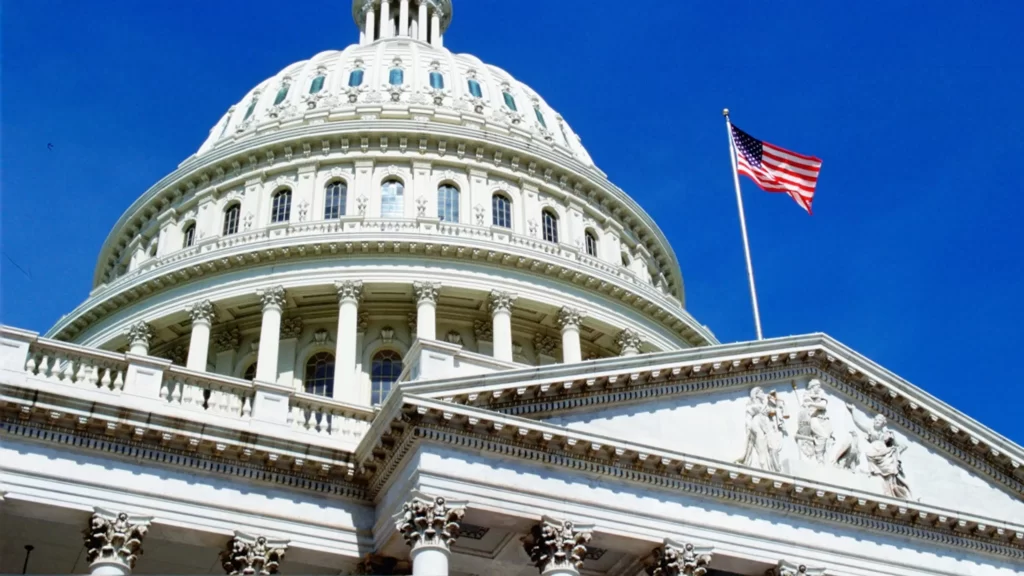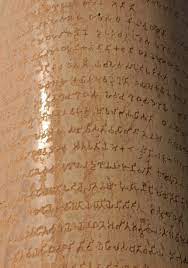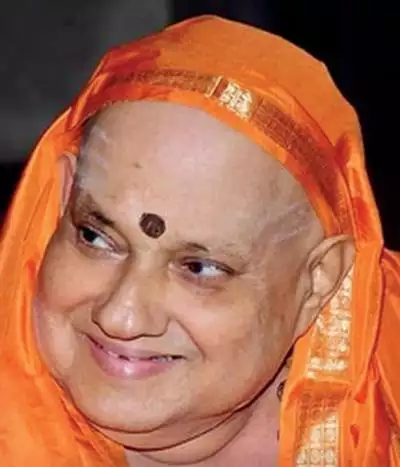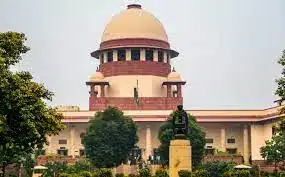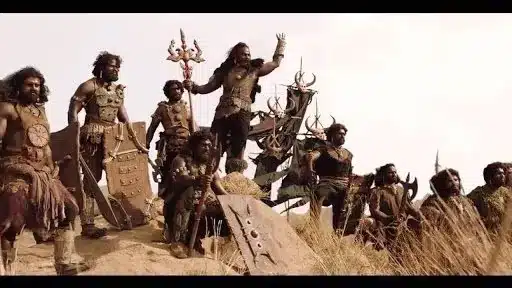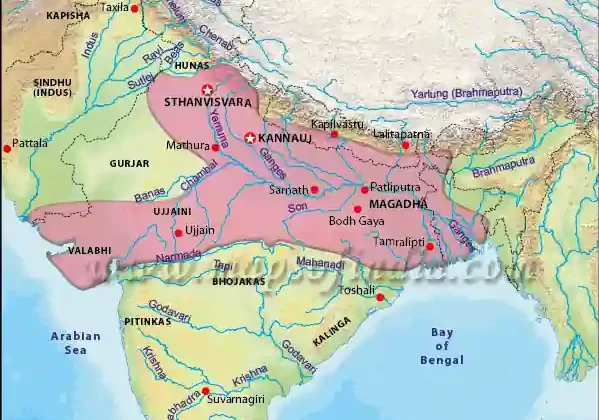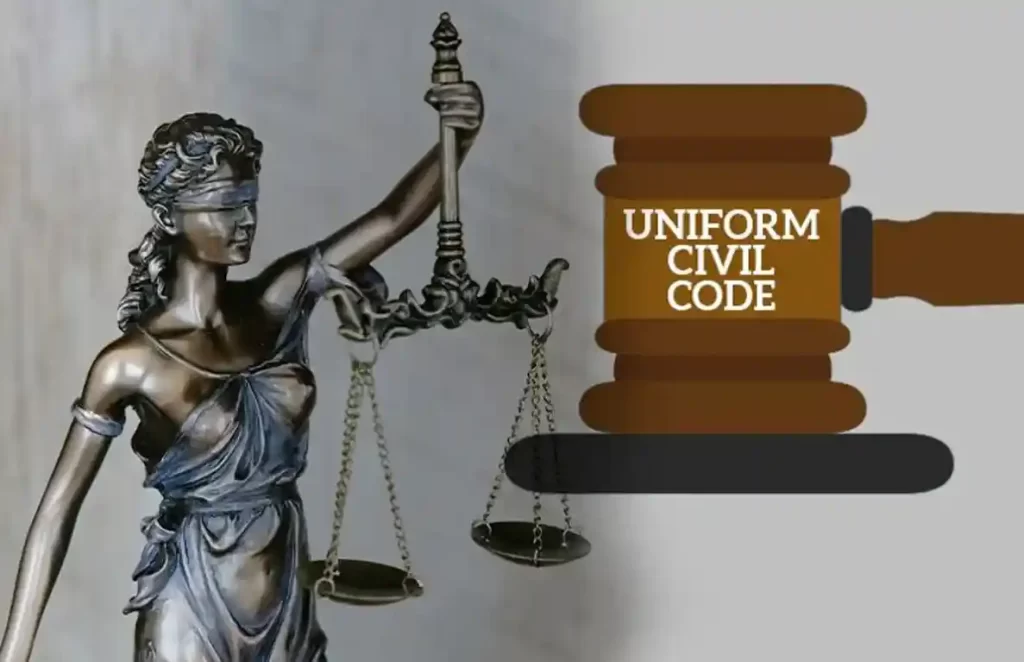Historical Background Of Indian Constitution
Regulating Act of 1773: Historical Background Of Indian Constitution
To overhaul management of East India Company’s rule in India.
- It was the first step taken by the British Government to control and regulate the affairs of the East India Company in India.
- It recognized, for the first time, the political and administrative functions of the Company.
- It laid the foundations of central administration in India.
- It designated the Governor of Bengal as the ‘Governor-General of Bengal’.
- The first such Governor-General was Lord Warren Hastings.
- Executive Council of the Governor-General was established (Four members). There was no separate legislative council.
- It subordinated the Governors of Bombay and Madras to the Governor-General of Bengal.
- It provided for the establishment of a Supreme Court at Calcutta (1774) comprising one chief justice and three other judges.
- It prohibited servants of the company from engaging in any private trade or accepting bribes from the natives.
- Court of Directors ( the governing body of the company) should report its revenue.
Amending Act, 1781: Historical Background Of Indian Constitution
- To rectify the defects of the Regulating Act of 1773, the British Parliament passed the Amending Act of 1781, also known as the Act of Settlement or Declaratory Act, 1781.
- The key provision of this act was to demarcate the relations between the Supreme Court and the Governor-General in Council.
- It settled the question of jurisdiction of the Supreme Court.
Pitt’s India Act, 1784: Historical Background Of Indian Constitution
This act was passed to address the shortcomings of the Regulating Act of 1773. It provided for the joint rule of the crown and company with the crown being the supreme authority.
- Indian affairs came under the direct control of the British Government in Britain.
- Distinguished between the commercial and political functions of the Company.
- Allowed the Court of Directors to manage the commercial affairs and created a new body called Board of Control (6 members) to manage the political affairs. Thus, it established a system of dual government.
- Reduced the strength of the Governor General’s council to three members.
- Empowered the Board of Control to supervise and direct all operations of the civil and military government or revenues of the British possessions in India.
- The companies territories in India were called “the British possession in India”.
- Governor’s councils were established in Madras and Bombay.
Charter Act, 1813: Historical Background Of Indian Constitution
It renewed the charter issued to East India Company by the British Crown but also ended the company’s monopoly in certain areas of trade.
- It ended the monopoly of the EIC in India except for the company’s monopoly in “trade with China” and “trade in tea with India”.
- Thus, trade with India for all commodities except tea was thrown open to all British subjects. This lasted till 1833 when the next charter abolished the trade of the company.
- Charter Act 1813 for the first time explicitly defined the constitutional position of the British territories in India.
Charter Act, 1833: Historical Background Of Indian Constitution
- It was the final step towards Centralization.
- Governor-General of Bengal became the Governor-General of India (Lord William Bentinck was the first governor-general of India).
- Governor-General was vested with all civil and military powers.
- It deprived the Governors of Bombay and Madras of their legislative powers.
- The laws made under the previous acts were known as Regulations, while the laws made under this act were known as Acts.
- It ended the activities of the EIC as a commercial body, making it a purely administrative body.
- Introduced law member (Macaulay) in Governor General’s Council.
Charter Act, 1853: Historical Background Of Indian Constitution
- Separated the legislative and executive functions of the Governor General’s council.
- Provided for the addition of six new members called legislative councilors to the council known as the Indian (Central) Legislative Council.
- It introduced, for the first time, local representation in the Indian (Central) Legislative Council.
- 6 members in Central legislative council. Four out of six members were appointed by the provisional governments of Madras, Bombay, Bengal and Agra.
- Introduced an open competition for civil services. The covenanted civil service was thus thrown open to the Indians also.
Government of India Act, 1858: Historical Background Of Indian Constitution
Following the 1857 mutiny, the British Parliament passed this act to liquidate the East India Company. The colonial rule of India came directly under the control of the British Government. This act marks the beginning of the British Raj.
- Also known as the Act for the Good Government of India.
- The rule of the company was replaced by the Rule of the Crown.
- Changed the designation of the Governor-General of India to that of Viceroy of India.
- Viceroy became the agent of the crown.
- This act abolished the dual government of the Pitt’s India Act.
- This act also ended the doctrine of lapse.
- The Secretary of State was a member of the British cabinet and was responsible ultimately to the British Parliament.
- Established a 15-member Council of India to assist the Secretary of State for India.
Indian Councils Act, 1861: Historical Background Of Indian Constitution
- Initiated the process of decentralization by restoring legislative powers to Bombay and Madras. (These powers were taken away through Charter Act 1833).
- Introduced representative institutions in India by associating Indians with the law-making process.
- Viceroy nominated some Indians as non-official members of his expanded council. Three Indians nominated were — the Raja of Banaras, the Maharaja of Patiala, and Sir Dinkar Rao.
- It empowered the Viceroy to issue ordinances during Emergency.
- Empowered the Viceroy to frame the Rules of Business (the same power is given to President of India under Article 77).
- Statutory recognition to portfolio system.
- Establishment of new legislative councils for Bengal, NWFP, and Punjab.
Indian Councils Act, 1892: Historical Background Of Indian Constitution
This act bought various amendments to the composition and function of legislative councils of British India.
- Introduced indirect elections (nomination).
- Though the majority of official members were retained, the non-official members of the Indian Legislative Council were henceforth to be nominated by the Bengal Chamber of Commerce and the Provincial Legislative Councils.
- The non-official members of the Provincial Council were to be nominated by certain local bodies such as universities, district boards and municipalities.
- Beginning of representative system in India.
- Enlarged the size of the legislative councils.
- Enlarged the functions of the Legislative Councils and gave them the power of discussing the Budget and addressing questions to the Executive.
Indian Councils Act, 1909 (Morley-Minto Reforms): Historical Background Of Indian Constitution
Indian Council Act of 1909 is also known as Morley- Minto Reform. The Morley–Minto reforms named after the Secretary of State for Indian Affairs Lord John Morley and the Viceroy Lord Minto. It was instituted to placate the Moderates (Congress) and introduce separate electorates on the basis of religion. Therefore, Lord Minto came to be known as the Father of Communal Electorate in India.
- Introduced for the first time, an element of elections to the Legislative Councils.
- Direct elections to legislative councils; first attempt at introducing a representative and popular element.
- It changed the name of the Central Legislative Council to the Imperial Legislative Council.
- The member of the Central Legislative Council was increased to 60 from 16.
- Introduced a system of communal representation for Muslims by accepting the concept of ‘separate electorate’.
- Indians for the first time in Viceroys executive council. (Satyendra Prasanna Sinha, as the law member)
- At the Provincial Legislative Councils, non-official members to be in majority.
- It provided for the first time, an association of Indians with the Executive Councils of the Viceroy and Governors. (Satyendra Prasad Sinha became the first Indian to join the Viceroy’s Executive Council. He was appointed as the law member).
Government of India Act, 1919 (Montague-Chelmsford Reforms): Historical Background Of Indian Constitution
This act expanded the participation of Indians in the government of India when earlier only British members were allowed to take part. The reforms take their name from Edwin Montagu, the Secretary of State for India from 1917 to 1922, and Lord Chelmsford, the Viceroy of India between 1916 and 1921. The reforms were outlined in the Montagu-Chelmsford Report, prepared in 1918, and formed the basis of the Government of India Act 1919.
- The Central subjects were demarcated and separated from those of the Provincial subjects.
- The scheme of dual governance, ‘Dyarchy’, was introduced in the Provincial subjects.
- Under the dyarchy system, the provincial subjects were divided into two parts – transferred and reserved. On reserved subjects, Governor was not responsible to the Legislative council.
- The Act introduced, for the first time, bicameralism at the center.
- Legislative Assembly with 140 members and Legislative council with 60 members.
- Direct elections.
- The Act also required that the three of the six members of the Viceroy’s Executive Council (other than Commander-in-Chief) were to be Indians.
- Provided for the establishment of the Public Service Commission.
- The idea of “Responsible Government” stressed.
- Office of the High Commissioner of India was created in London.
- Indian Legislature became “bicameral” for the first time.
- Communal representation extended to Sikhs, Indian Christians, Anglo-Indians and Europeans.
- Secretary of State for India now to be paid from British revenue.
- Diarchy in provinces by dividing subjects of administration between official members and elected members.
- Created Centre-State Relations.
Government of India Act, 1935: Historical Background Of Indian Constitution
The act allowed for a greater degree of autonomy to the provinces of British India ending the diarchy introduced by the Government of India Act, 1919.
- The Act provided for the establishment of an All-India Federation consisting of the Provinces and the Princely States as units, though the envisaged federation never came into being.
- Three Lists: The Act divided the powers between the Centre and the units into items of three lists, namely the Federal List, the Provincial List and the Concurrent List.
- The Federal List for the Centre consisted of 59 items, the Provincial List for the provinces consisted of 54 items and the Concurrent List for both consisted of 36 items.
- The residuary powers were vested with the Governor-General.
- The Act abolished the Dyarchy in the Provinces and introduced ‘Provincial Autonomy’.
- It provided for the adoption of Dyarchy at the Centre.
- Introduced bicameralism in 6 out of 11 Provinces.
- These six Provinces were Assam, Bengal, Bombay, Bihar, Madras and the United Province.
- Provided for the establishment of an All-India Federation consisting of provinces and princely states as units. (Note: the Princely States did not join and so Federation didn’t come into existence)
- Residuary powers were given to the Viceroy.
- Extended the principle of communal representation by providing separate electorates for depressed classes (scheduled castes), women and labor (workers). (1909 – Only for Muslims, 1919 – extended for Sikhs, Indian Christians, Anglo-Indians and Europeans.)
- Abolished the Council of India, established by the Government of India Act of 1858.
- The Secretary of State for India was provided with a team of advisors.
- Established the Reserve Bank of India to control the currency and credit of the country.
- Established the Federal Public Service Commission, Provincial Public Service Commission and Joint Public Service Commission for two or more provinces.
- Provided for the establishment of a Federal Court, which was set up in 1937.
Indian Independence Act, 1947: Historical Background Of Indian Constitution
It is an Act of the Parliament of the United Kingdom that partitioned British India into the two new independent dominions of India and Pakistan.
- Established responsible Governments at both the Centre and the Provinces.
- Designated the Viceroy India and the provincial Governors as the Constitutional (normal heads).
- It assigned dual functions (Constituent and Legislative) to the Constituent Assembly and declared this dominion legislature as a sovereign body.
- Declared India as an independent and sovereign state from August 15, 1947.
- Provided for the creation of two independent dominions of India and Pakistan with the right to secede from the British Commonwealth. (Governor-General of each were to be appointed by King, the on the advice of the Dominion Cabinet)
- Empowered the Constituent Assemblies of the two dominions to frame and adopt any constitution and to repeal any act of the British Parliament, including the Independence act itself.
- Abolished the office of the secretary of state for India and transferred his functions to the secretary of state for Commonwealth Affairs.
- It assigned dual functions (i.e., constituent and legislative) to the Constituent Assembly formed in 1946.
- It declared this dominion legislature as a sovereign body. Granted freedom to the Indian princely states either to join the Dominion of India or Dominion of Pakistan or to remain independent.
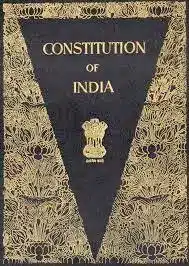
Important points related to historical background of Indian Constitution :
- Laws made before the Charter Act of 1833 were called Regulations and those made after are called Acts.
- Lord Warren Hastings created the office of District Collector in 1772, but judicial powers were separated from District collector later by Cornwallis.
- From the powerful authorities of unchecked executives, the Indian administration developed into a responsible government answerable to the legislature and people.
- The development of the portfolio system and budget points to the separation of power.
- Lord Mayo’s resolution on financial decentralization visualized the development of local self-government institutions in India (1870).
- 1882: Lord Ripon’s resolution was hailed as the ‘Magna Carta’ of local self-government. He is regarded as the ‘Father of local self-government in India’.
- 1924: Railway Budget was separated from the General Budget based on the Acworth Committee report (1921).
- From 1773 to 1858, the British tried for the centralization of power. It was from the 1861 Councils act they shifted towards devolution of power with provinces.
- 1833 Charter act was the most important act before the act of 1909.
- Till 1947, the Government of India functioned under the provisions of the 1919 Act only. The provisions of the 1935 Act relating to Federation and Dyarchy were never implemented.
- The Executive Council provided by the 1919 Act continued to advise the Viceroy till 1947. The modern executive (Council of Ministers) owes its legacy to the executive council.
- The Legislative Council and Assembly developed into Rajyasabha and Loksabha after independence.
Also refer :
- Important Articles Of the Indian Constitution
- Difference Between Fifth Schedule And Sixth Schedule
- Top 50 Science MCQs For Competitive Exams
- Know About The Different Financial Sector Regulators In India
- Download the pdf of Important MCQs From the History Of Ancient India
- List Of Important Inscriptions In India
- बिहार आर्थिक सर्वेक्षण रिपोर्ट : 2020-21.

